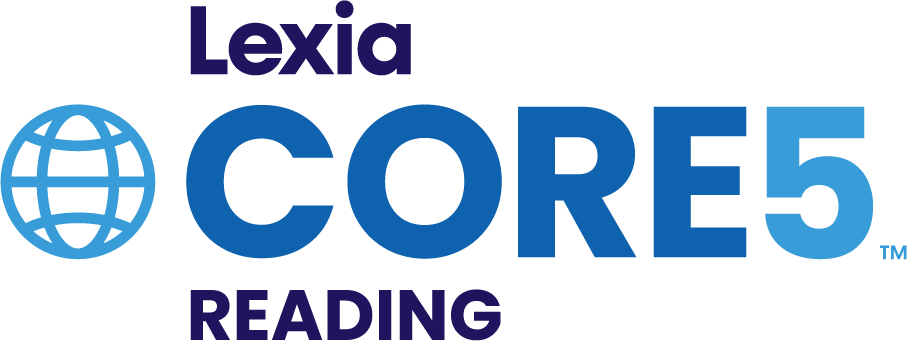The early years of primary school are pivotal in shaping pupils’ long-term literacy success. As educators, our mission is to help children become confident, independent readers by the time they leave primary school. However, for many pupils, the journey to mastering reading is not a straightforward path. While phonics, particularly Systematic Synthetic Phonics (SSP), has been a fundamental part of early reading instruction, recent research and feedback from teachers suggest that a more balanced approach can yield better outcomes.
The Role of Phonics—and Its Limitations
SSP has become the cornerstone of reading education in Key Stage 1. For many pupils, this systematic approach works well, helping them decode words and build early reading fluency. However, research suggests that solely focusing on phonics can sometimes stifle a pupil’s broader engagement with reading. Teachers often find that pupils progress at varying rates, making it difficult to maintain the same pace for all learners. This can lead to frustration among both pupils and teachers, especially when a purely phonics-based approach isn’t enough to capture the interest of students who are ready for more comprehensive reading challenges.
Moreover, research reveals that while SSP is essential, it should not be the only method of reading instruction. Pupils also need exposure to higher-level comprehension skills, vocabulary development, and the enjoyment of reading for meaning and context from an early age. A balanced approach, where phonics is supplemented with explicit teaching of comprehension and critical thinking, is increasingly seen as more effective in the long term.

Why a Balanced Approach to Literacy Matters
A growing body of research suggests that while phonics is essential, it should be one component of a broader reading strategy. In addition to decoding skills, pupils need to develop vocabulary, comprehension, and the ability to engage with text on a deeper level. This balanced approach, where phonics is complemented by explicit teaching of these higher-level skills, can help pupils become more confident, well-rounded and engaged readers.
For example, reading comprehension tasks encourage pupils to make sense of what they read, going beyond phonics to develop skills like inference, prediction, and summarisation. These skills are crucial for navigating more complex texts in later years, and starting early can prevent pupils from hitting a plateau in their reading development.
Enhancing Phonics Instruction with Additional Literacy Support
For schools dedicated to SSP, the idea of introducing supplementary methods can be daunting. Yet, many educators have found that supplementing phonics with other literacy resources doesn’t detract from their existing core curriculum approach, but instead enriches it. A balanced approach—where phonics instruction is complemented by comprehension, vocabulary knowledge and critical thinking tasks—helps prevent reading from becoming dry and formulaic. Instead, it turns literacy into a more engaging, multi-dimensional experience for young learners.
By supplementing their chore SSP programme with additional skills like fluency and comprehension, schools can provide pupils with opportunities to develop all the essential skills that work alongside phonics. For example, by engaging with reading comprehension activities, pupils can start applying what they have learned in phonics to new contexts, making reading both relevant and enjoyable.

Supporting Teachers with Practical Solutions
One of the greatest challenges teachers face is accommodating the varying learning speeds of their pupils, particularly in a phonics-heavy curriculum. Not all pupils will grasp phonics at the same pace, and some may need additional support to keep up. This diversity in learning needs can put pressure on teachers, who may feel that they need to create extra interventions or adjust their lesson planning to ensure no one falls behind.
Using adaptive tools that personalise learning can help alleviate this pressure. By offering tailored support that adjusts to each pupil’s individual needs, teachers can ensure all pupils make progress without the need for additional planning or resources. This can be especially helpful in schools where time and staff capacity are already stretched.
Preparing Pupils for Key Stage 2 and Beyond
The ultimate goal of any Key Stage 1 reading program is to prepare pupils for the more complex literacy tasks they will encounter in Key Stage 2 and beyond. By embedding a balanced approach that includes phonics and comprehension from the start, schools can ensure their pupils are not only proficient decoders but also confident, independent readers.
Introducing Lexia Core5 Reading: A Balanced Literacy Solution
For schools looking to enhance their phonics programs with a balanced approach, Lexia Core5 Reading offers a proven solution. Core5 seamlessly reinforces existing phonics instruction while also providing explicit teaching in comprehension, vocabulary, fluency and text analysis. This ensures pupils develop a full range of reading skills from the start, setting them up for long-term success in literacy. Designed by educators for educators, Core5 offers personalised learning pathways, helping teachers manage diverse learning needs without adding to their workload.
By supporting both phonics and higher-level reading skills, Core5 ensures pupils not only learn to read but also understand and enjoy reading, making it a valuable addition to any school’s literacy strategy.

Try our literacy software for schools - free!
Like thousands of Lexia schools, we invite you to make a fully informed decision by requesting a free trial or online demonstration.
Ready to see how Lexia’s reading software could accelerate literacy skills in your school? Call us on 0191 482 1939 or select an option below.
